When children learn robotics, they have the chance to demonstrate their creativity, generate innovative ideas, and access their creative mind space. The children will learn how to assemble various individual components together into the operational machine.
They will be given all of the necessary materials; all they have to do is apply their knowledge by creating cool robotics projects that solve real-world problems.
According to the famous scientist Benjamin Franklin,
“Tell me, and I will forget. I remember what you teach me. Involve me, and I will learn.”
When children build a robot, they engage with the components hands-on. According to the research, hands-on experiences improve student performance and motivation.
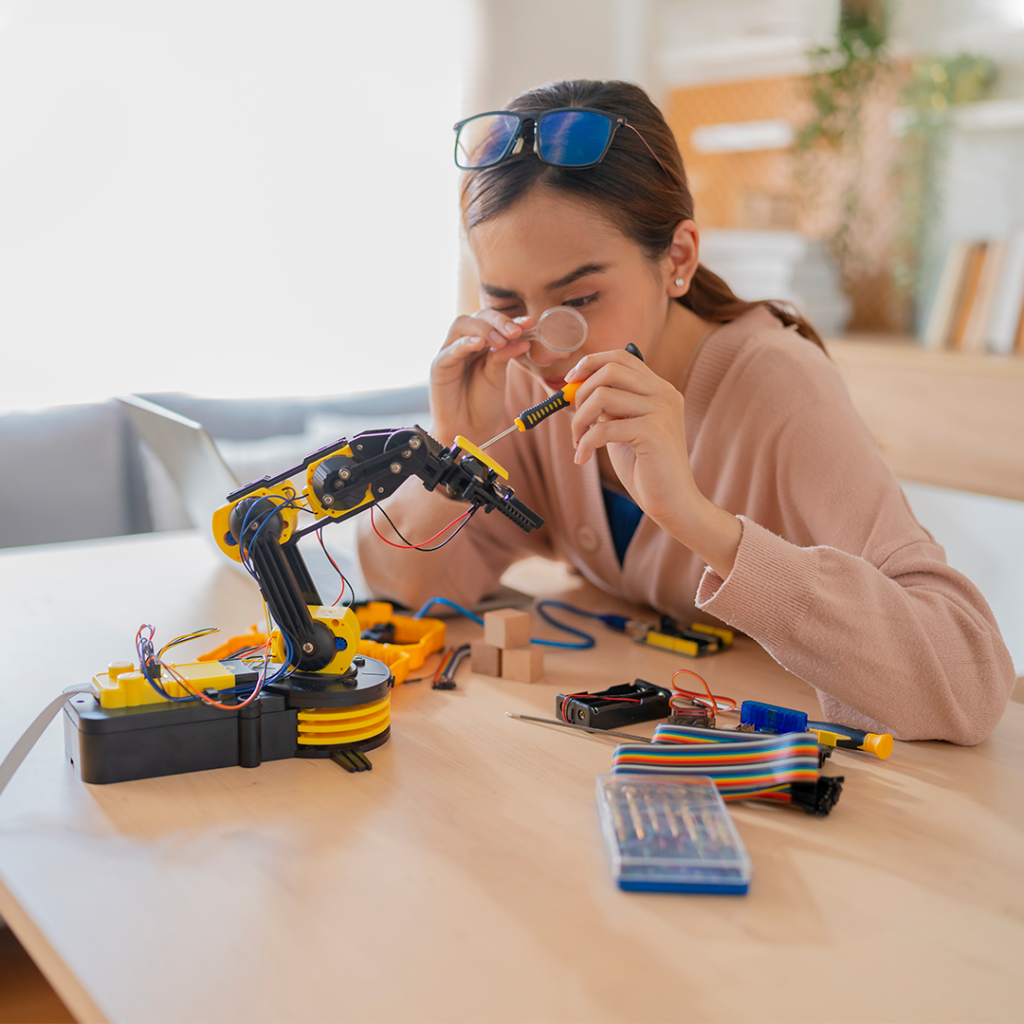
The study is a meta-analysis of 15 years of research involving 57 studies involving 13,000 students in 1,000 classrooms. This study found that students in activity-based programs outperformed students in traditional or textbook approaches by up to 20%.
What are the real-life applications of robotics in real life?
Let’s talk about some of the real-life applications of Robotics in public space.
Bandicoot Robot
A spider-shaped robot named “Bandicoot” will be used by the Kerala government in conjunction with the startup Genrobotics of Thiruvananthapuram to clean city manholes and sewers. Genrobotic Innovations Pvt. Ltd., a company based in Kerala, invented the inventive robot and has provided it to numerous states. It is the world’s first robotic scavenger that is built as a Make in India & Swachh Bharat Abhiyan initiative by a Genrobotics startup.
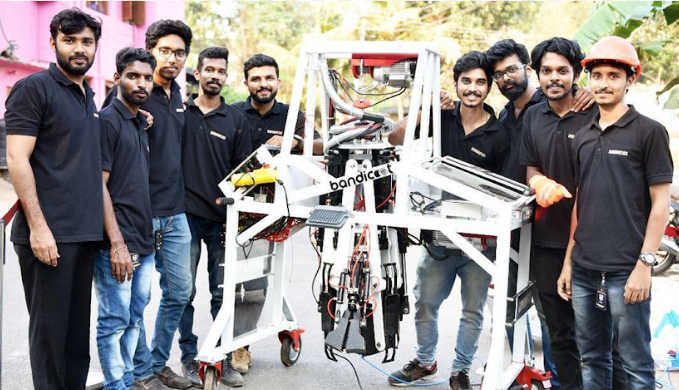
Inside refineries, cleaning and maintaining confined spaces is a dangerous and time-consuming task. To serve this purpose, Bandicoot Robot is used since these robots are easy to transport inside refineries since they are small and flexible. The Bandicoot Robot’s primary function in refineries is to assist in the cleaning of confined spaces such as sewers, manholes, sewer wells, Oily Water Sewers (OWS), and Storm-Water Sewers (SWS). All forms of confined spaces are catered for with the Bandicoots 2.0R.
Features Of Bandicoots Robot
The Bandicoots 2.0R is perfect for refineries due to its fireproof construction. A cutting-edge technology called Bandicoot 2.0R assists refineries in safely cleaning their SWS and OWS. Smart cities, MNCs, townships, and housing colonies in 16 states are currently using these Robots. This incredible robot will increase sanitation workers’ safety by eliminating the need for human entry into manholes. Bandicoots are used in some of the cleanest cities in India, including Indore, Surat, and Vadodara.
- The robot can fit within the manhole and has four limbs and a bucket system coupled to an extension that resembles a spider web. The waste will be shoveled into a pile at the bottom of the manhole, gathered with a bucket system, and then lifted upward.
- It comprises a stand unit and a robotic drone unit as its two main components. To clean or unblock manholes, the drone unit dives into them. The robotic drone’s dive depth can be adjusted based on the maximum depth selected.
- An extending robotic arm that can execute grabbing, shoveling, and unblocking operations inside manholes is part of the drone unit.
- The four expanding legs of the robotic drones are designed to provide stability while carrying out these tasks.
Manav: India’s first 3D-printed humanoid robot:
In the lab of the A-SET Training and Research Institutes, Diwakar Vaish created Manav, the first humanoid robot in India. The robot is two feet tall and looks like an oversized toy. It is equipped with 21 sensors, two cameras in each of its eye sockets, and two microphones on either side of its head. Since it has built-in visual and sound processing, it can speak and behave just like a human.
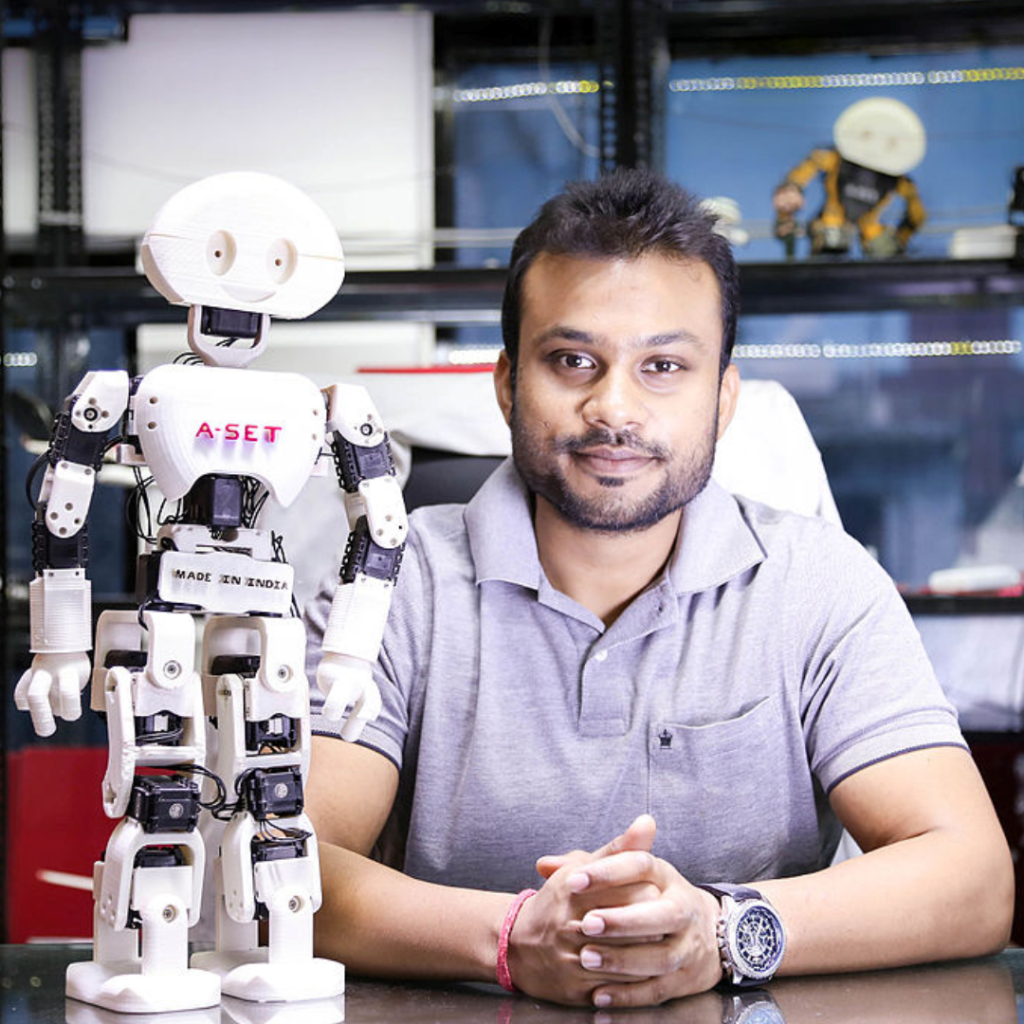
Manav’s creator, Diwakar Vaish, head of robotics and research at A-SET Training and Research Institute, said that, unlike other robots, Manav can do actions like walking, talking, and dancing without the need of a laptop, merely in response to human voice commands.
KP-Bot: India’s First RoboCop
The Kerala Police Headquarters is the first police station in the nation to use a robot. The KP-Bot will be used to carry out tasks for the police headquarters’ front office. The KP-Bot is available for direct interaction with guests. The robot has the ability to schedule meetings with cops, issue them with identity cards, and create new files based on their complaints.
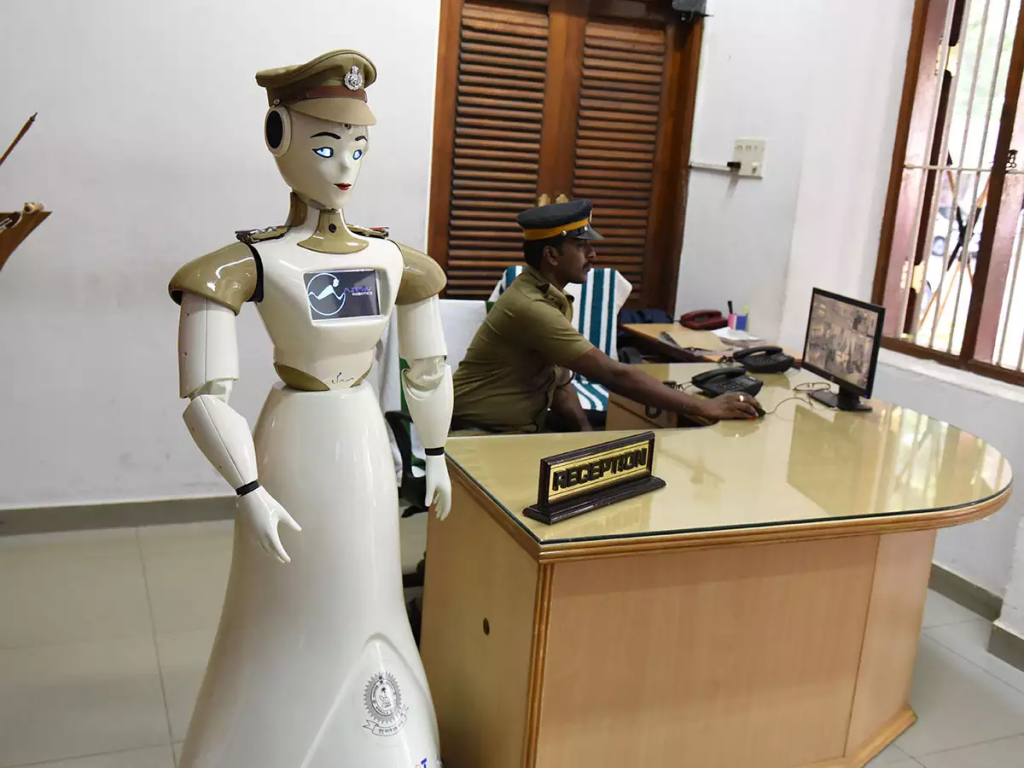
KP-bot is powered by Al and equipped with a variety of sensors that gather information about its environment, enabling it to collaborate with people without any issues.
The RoboCop can recognize senior officials and salute them just like ordinary police officers can. Its responsibilities would include locating and directing visitors to the relevant department. Additionally, it would gather visitor information and note any complaints.
Why Robotics for kids is essential for young learners?
According to Payscale, the salary of a robotics engineer in India is estimated to be in the range of Rs. 30,00,000 per year. Knowledge of various disciplines, including computer science, electrical engineering, and mechanical engineering, is required for robotics.
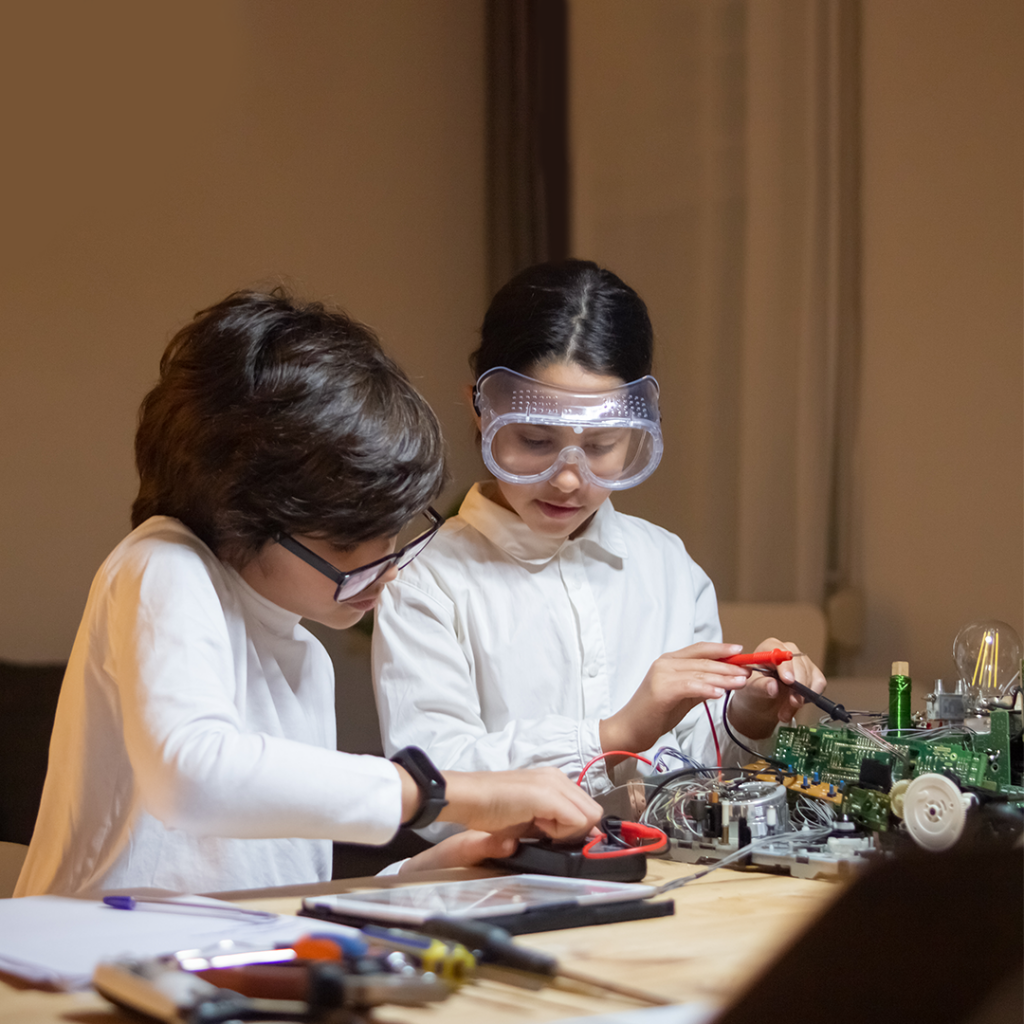
Top robotics professional recruiters in India include TATA, BHEL, Tech Mahindra, DRDO, BARC, ISRO, and others. A well-qualified robotics professional may be able to work for top organizations such as ISRO and NASA!
Summing Up!
We have learned about 3 real-life applications of Robotics and how it can make our lives comfortable. In a nutshell, Robotics is an exciting line of work but also a good career path for young learners.
 2097
2097



